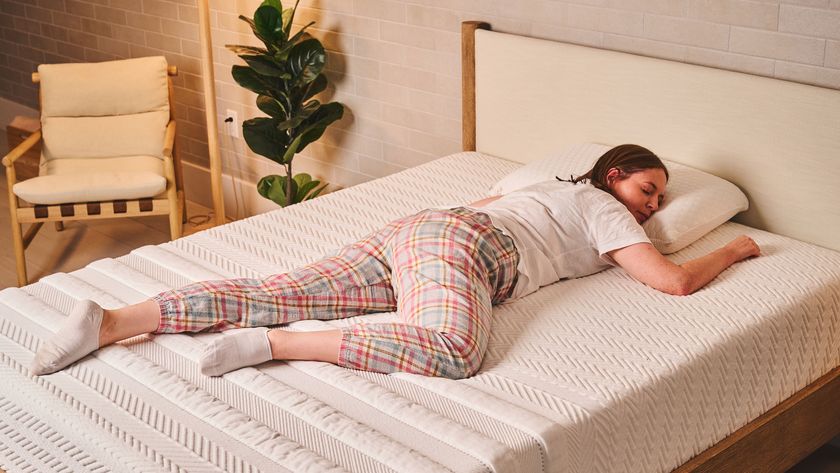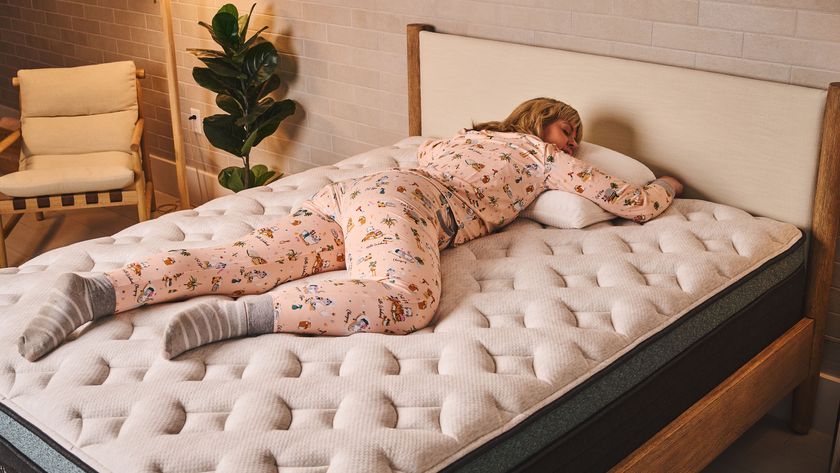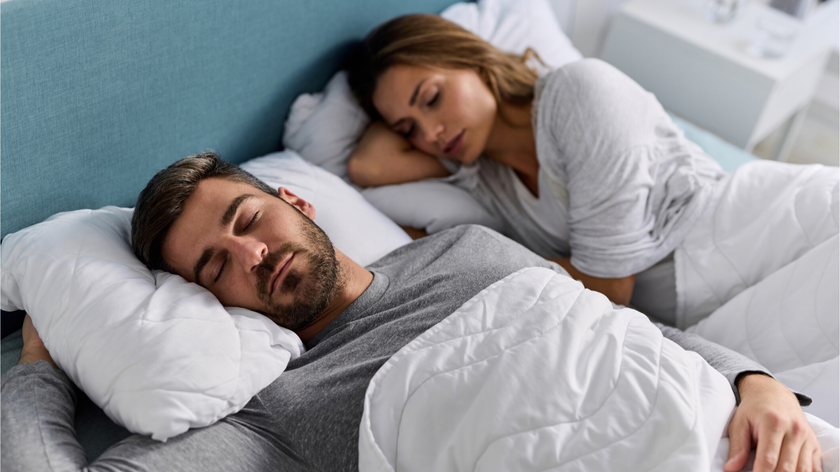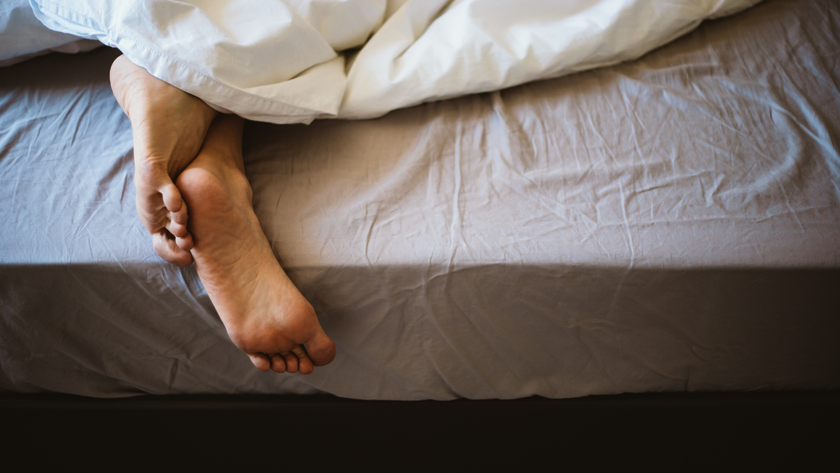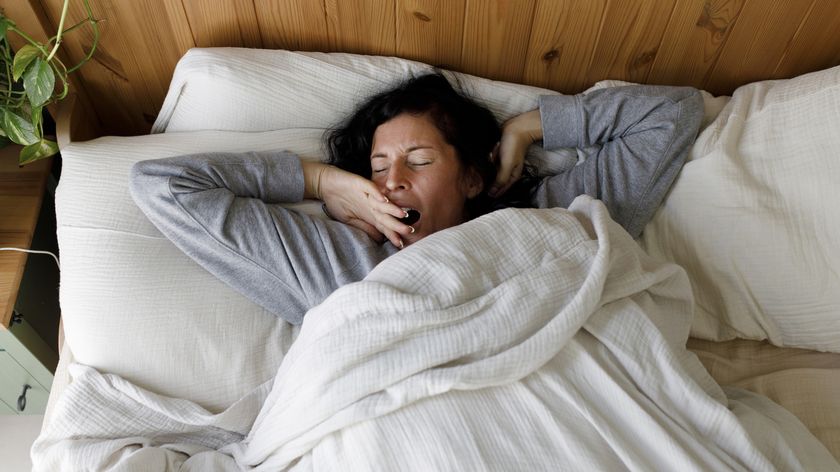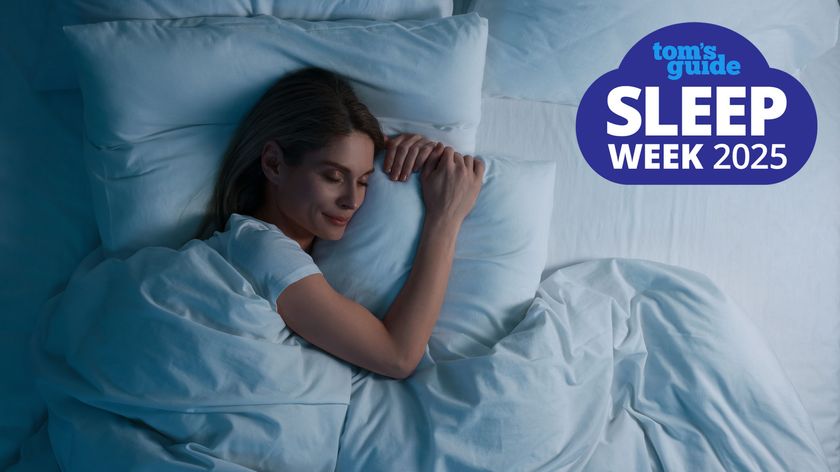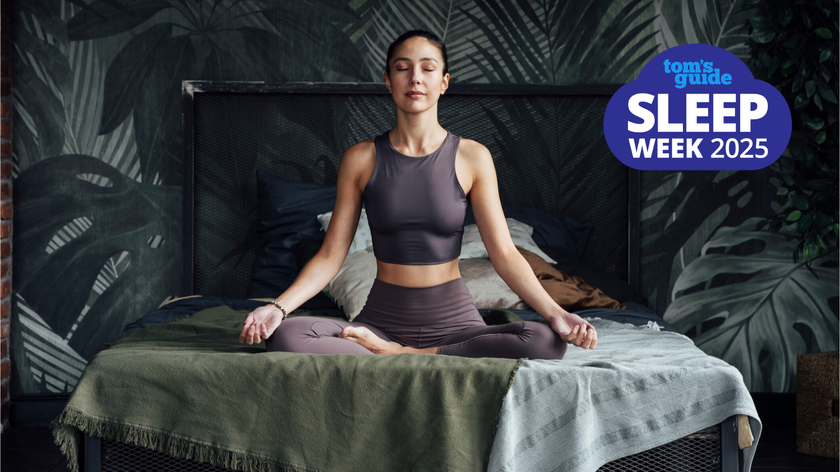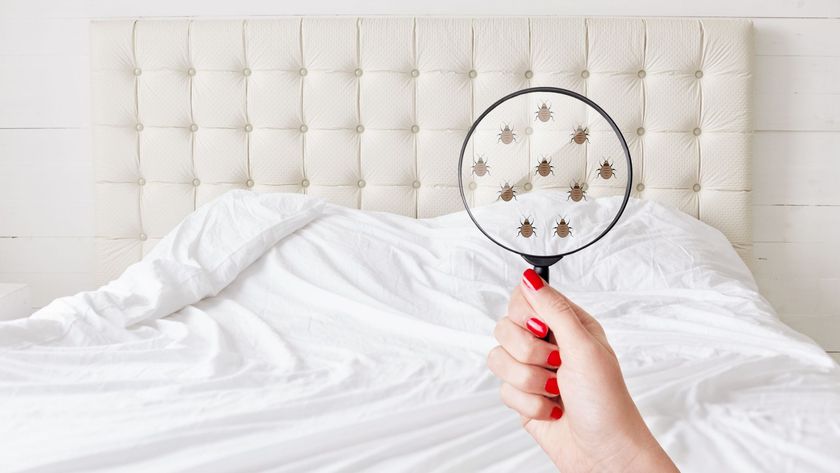Should you sleep in a hammock or is it a recipe for a bad back? We asked a chiropractor
Will sleeping in a hammock give you a bad back? Here's what the experts say

The image of drifting off to sleep slowly rocking in a hammock is many people's idea of heaven. But while they can be excellent for napping, can you sleep in a hammock every night or is it the recipe for a bad back?
It's common knowledge that hammocks have limitations compared to sleeping on the best mattress for your body type. Mattresses are designed to align the spine, support movement and relieve pressure, whereas hammocks keep you spine permanently curved and limit movement significantly, although they do create a zero-pressure point sleep. So, are there real risks to ditching your traditional bed for this hanging fabric alternative?
We spoke to the experts — in this case chiropractors — to find out whether you can sleep in a hammock every night, the risks involved and how to do it safely if you want to try. If you decide against it, but still want to upgrade your sleep set up, check out the Presidents' Day mattress sales to find the perfect solution for you.
Can you sleep in a hammock every night?
Hammock sleeping is something most of us have probably tried, whether you were camping or relaxing by a beach, but it's also a popular bed alternative in some warmer areas of the world, including South and Central America. And there has been research to indicate it has some positive effects.
“Some studies have shown that using a hammock decreases the time it takes for a person to fall asleep and increases stage 2 sleep, which is the period before entering a deep sleep. These benefits may be related to the rocking motion, but no direct evidence exists,” says Dr Kevin Lees, Director of Chiropractic Operations at The Joint Chiropractic.

Alongside this, because of the shape of a hammock and the even weight distribution, sleepers won't feel any pressure build up on their joints, which is a common issue with mattresses. This is why the best mattresses for side sleepers ensure they have plenty of cushioning to relieve pressure that builds up around the shoulders, hips and knees.
However, while a single night in a hammock will generally be fine, you could face issues if you do opt to replace your traditional bed with one. With the help of chiropractors, we explore what these are.
Sign up to get the BEST of Tom's Guide direct to your inbox.
Get instant access to breaking news, the hottest reviews, great deals and helpful tips.
The risks of sleeping in a hammock
When it comes to sleeping all night long in a hammock, there are various problems you may encounter.
1. Your back will be in a flexed position
Unlike mattresses that aim to align the spine (the best memory foam mattresses, for example, contour to your body to keep the back supported), the flexed 'C' posture your body has to create when sleeping in a hammock can lead to lower back pain.
"Sleeping in this position puts the spine in to a flexed position for an extended period of time, adding pressure on the intervertebral discs, making them more prone to bulging, which can then lead to pressure on the nerves resulting in lower back pain," explains Dr Rosie Russell, chiropractor at Bird Dog Chiropractic.
2. Limits movement
If you're someone who is prone to tossing and turning in your sleep, or you're a combination sleeper, lying in a hammock can be restricting due to the insufficient space you'll have to move or stretch out. This increases the chance that you'll wake up stiff, or with aches and pains.
Not only are traditional beds flat and with a larger surface area for your body to move around on, the best hybrid mattresses include both pressure-relieving foams and ultra-supportive springs that adapt to your movement, so you can shift positions without compromising your comfort.

3. Eliminates natural curves leading to poor posture
Good posture is important, even in your sleep. Spending the night in a hammock can lead to a sleeping position that doesn't adhere to your body’s natural curves, resulting in bad posture and the negative effects of that the next morning.
"Ideally, your spine should be in a neutral position while you are sleeping. If the hammock puts your spine in a curved position, this eliminates the body’s natural curves and can lead to poor posture or back and neck pain," says Dr Lees.
On the other hand, mattresses are crafted to support your head, neck, shoulders and pressure points, to maintain the natural curves and the alignment of your spine. However, it's important to select a design and build of mattress that suits your sleeping style to ensure you maintain proper posture. If you regular suffer from a bad back, check out this year's best mattresses for back pain.
How to sleep in a hammock without getting a bad back
If you’re still keen on experimenting with sleeping in a hammock, it’s best to do so in way which doesn’t cause any stress to your back or neck muscles.
Sleeping diagonally in a hammock can help flatten its shape, giving you a better chance at getting full-body support and reducing the possibility of neck and back pain. Another tip is to consider a sleep accessory.
"Keeping a pillow under the knees and neck may help maintain better spinal posture. Neck pillows generally need to be thin since the head is already elevated," explains Dr Lees.

Becky is a Sleep Staff Writer at Tom’s Guide covering all things sleep-related including product reviews, research studies, news and explainers. She works on specialist bedding content and is responsible for buyer’s guides like the best pillows for all sleepers and best mattress protectors focusing on popular brands such as Tempur-Pedic, Avocado, Coop Home Goods and more. Becky is a PPA accredited journalist who is keen to explore the intricacies of sleep, its effects on skincare, mental wellbeing and work performance. While not thinking of sleep, she can be seen reading in cosy bookshops or learning about global food culture.

